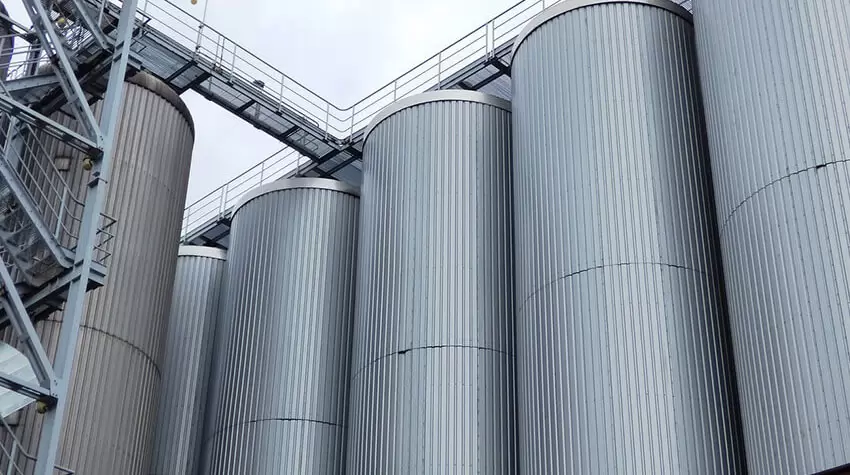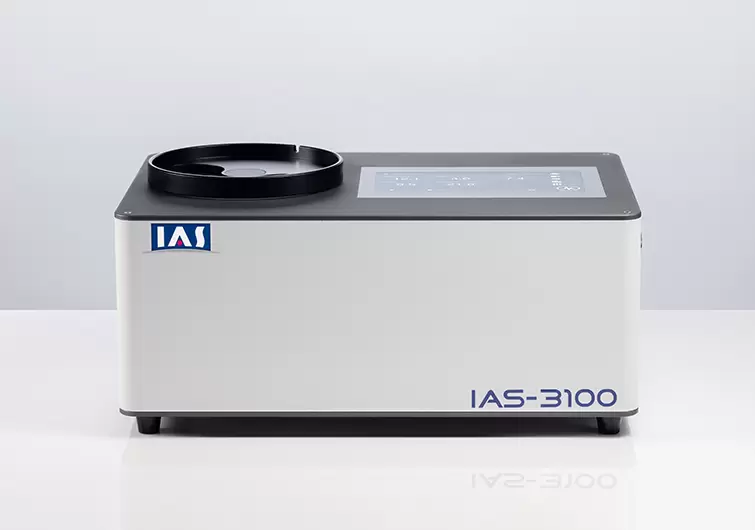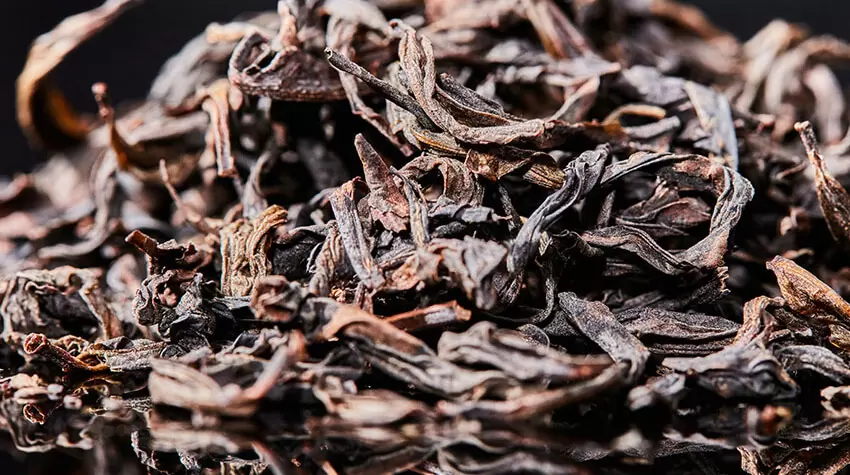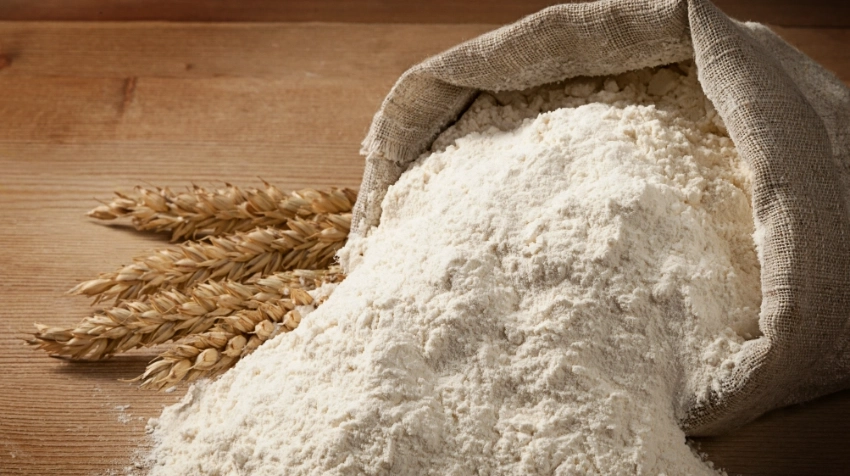Precision Agriculture: Precise Application of NIR Analyzers for Grain Industry
In the ever-evolving landscape of agriculture, precision farming has emerged as a transformative approach that leverages technology to enhance productivity and sustainability. Among the various technological advancements, NIR analyzers have gained significant traction, particularly in the grain industry. In this context, IAT (Singapore) Technology's NIR analyzers are at the forefront of this agricultural revolution, equipping farmers with the tools they need to optimize their operations.
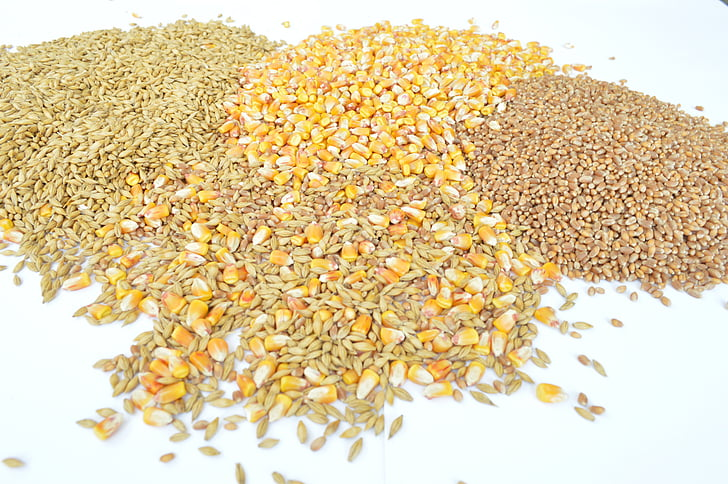
Understanding Precision Agriculture
Precision agriculture refers to the practice of using technology to monitor and manage field variability in crops. This approach allows farmers to apply inputs—such as water, fertilizers, and pesticides—more efficiently and effectively. By utilizing data-driven insights, farmers can make informed decisions that lead to increased yields, reduced waste, and improved environmental stewardship.
The integration of technology in agriculture is not merely a trend; but a necessity in a world facing challenges such as climate change, population growth, and resource scarcity. Precision agriculture seeks to address these challenges by maximizing productivity while minimizing environmental impact.
The Importance of NIR Analyzers
NIR analyzers are sophisticated instruments that utilize near-infrared spectroscopy to analyze the composition of agricultural products. These devices deliver real-time data on various key parameters, including moisture content, protein levels, and other essential quality indicators. In the grain industry, this information is invaluable for several reasons:
Quality Control: NIR analyzers enable farmers to assess the quality of their grain before it reaches the market. By understanding their harvest’s composition, farmers can make informed decisions regarding storage, processing, and marketing.
Optimized Harvesting: By analyzing grain moisture content, farmers can determine the ideal harvesting time. This ensures peak quality, reduces losses, and maximizes profitability.
Efficient Resource Use: Precise data on soil and crop conditions allow farmers to tailor inputs to meet their crops’ specific needs. This not only boosts yield but also minimizes the environmental impact of over-applying fertilizers and pesticides.
Market Competitiveness: In a global market, delivering high-quality grain sets farmer apart from competitors. NIR analyzers help ensure compliance with industry standards, making the grain more attractive to buyers.
IAT (Singapore) Technology has established itself as a leader in the development of NIR analyzers tailored for the agricultural sector. Their IAT NIR analyzers are designed with precision and efficiency in mind, offering farmers a reliable tool for analyzing grain quality.
The Role of IAT NIR Analyzers in Precision Agriculture
IAT (Singapore) Technology has developed state-of-the-art NIR analyzers tailored for the grain industry. These analyzers enhance the efficiency of quality assessments while contributing to the broader goals of precision agriculture.
Immediate Quality Assessment
One of the standout features of IAT NIR analyzers is their ability to provide immediate quality assessments. Traditional methods of grain analysis can be time-consuming and labor-intensive, often leading to delays in decision-making. In contrast, NIR analyzers deliver results in a matter of minutes, allowing farmers and grain handlers to respond swiftly to quality issues.
Guiding Pricing Strategies
The insights gained from NIR analysis go beyond quality assessment; they also play a crucial role in pricing strategies. With accurate data on moisture, protein, and fat content, purchasers and enterprises can implement quality-based pricing models. This approach ensures that buyers pay a fair price for high-quality grains while safeguarding the interests of sellers.
For example, a grain buyer equipped with NIR analysis data can confidently negotiate prices based on the actual quality of the grain offered. This transparency fosters trust between buyers and sellers, ultimately leading to more stable market conditions.
Enhancing Processing Plans
In addition to informing pricing strategies, NIR analyzers guide subsequent processing plans. By analyzing the composition of the grains, processors can tailor methods to maximize yield and quality. For example, if a batch of wheat is found to have high protein content, it may be directed toward bread production, where protein levels are essential for dough strength.
Conversely, if moisture content is excessive, processors can take preventive measures to dry the grain before milling, thereby avoiding potential losses. This level of precision in processing not only improves efficiency but also enhances the overall quality of the final product.
The Impact on the Grain Industry
The integration of IAT NIR analyzers into the grain industry marks a significant advancement in precision agriculture , benefiting not only individual producers and processors but the entire supply chain.
Improved Quality Control
With real-time quality assessments, grain handlers can implement more stringent quality control measures. This proactive approach minimizes the risk of subpar grains entering the market, ultimately benefiting consumers and enhancing the reputation of the grain industry.
Increased Profitability
By adopting quality-based pricing strategies informed by NIR analysis, both buyers and sellers can achieve greater profitability. Sellers can command premium prices for high-quality grains, while buyers can ensure fair pricing for lower-quality products. This balance fosters a healthier economic environment for all stakeholders.
Sustainability and Resource Management
Precision agriculture, driven by technologies like IAT NIR analyzers, promotes sustainable farming practices. By optimizing resources such as water, fertilizers, and energy, farmers can reduce their environmental footprint while maintaining productivity. This alignment with sustainability goals is increasingly vital in today’s agricultural landscape.
Conclusion
The application of IAT NIR analyzers in precision agriculture marks a transformative step for the grain industry. By providing immediate quality assessments, guiding pricing strategies, and optimizing processing plans, these advanced tools enable farmers, processors, and buyers to make data-driven decisions that benefit the entire supply chain. As the agricultural sector continues to embrace technology, the role of NIR analyzers will undoubtedly expand, paving the way for a more efficient, profitable, and sustainable future in grain production.
In a world where quality and efficiency are paramount, IAT (Singapore) Technology stands as a beacon of innovation, leading the grain industry into a new era of precision agriculture.

